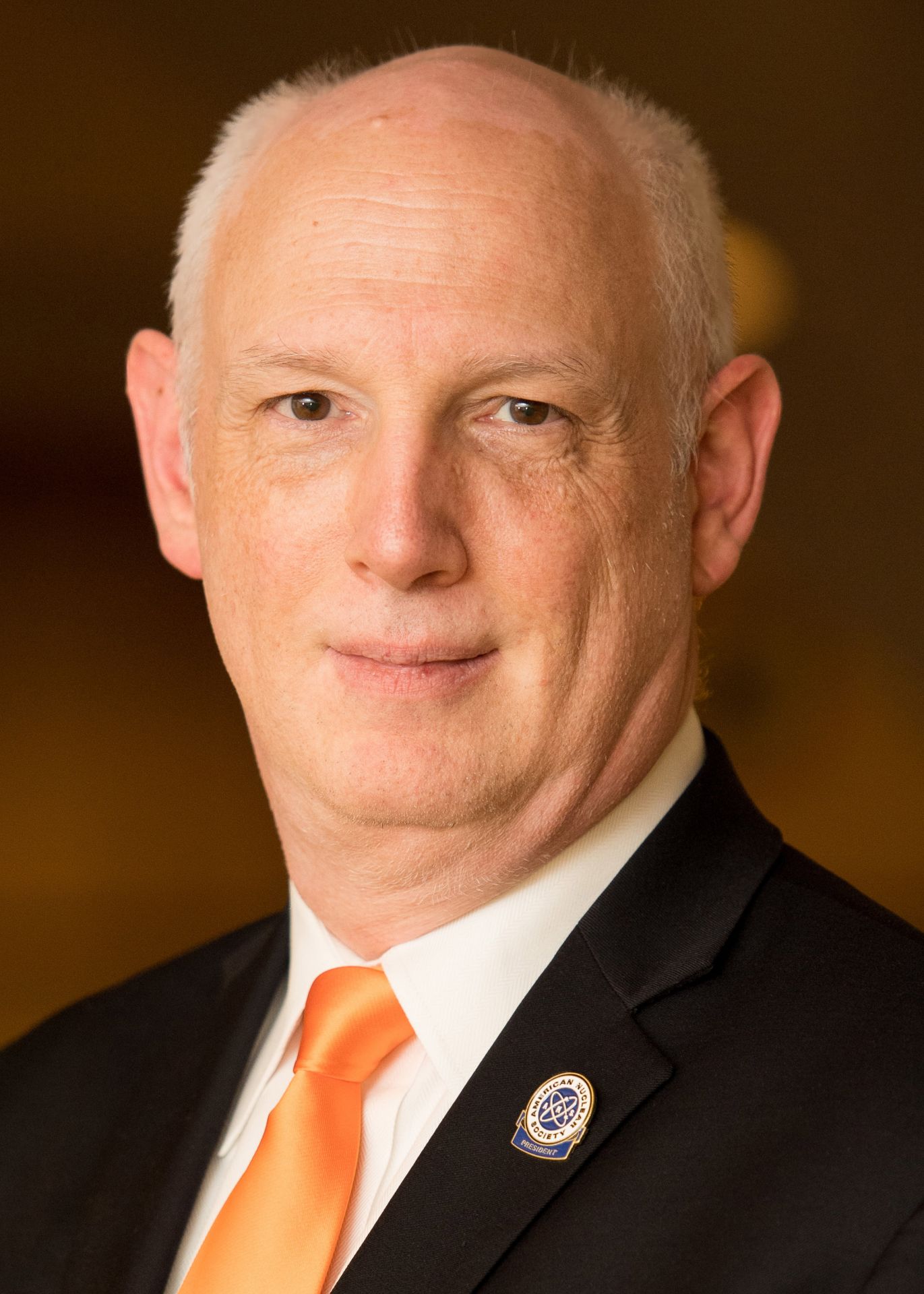Nuclear Fuel Services in Erwin, Tenn. (Photo: BWX Technologies)
BWX Technologies announced on April 10 that its Nuclear Fuel Services subsidiary in Erwin, Tenn., has been awarded a five-year, $428 million contract from the National Nuclear Security Administration to purify and convert high-enriched uranium (HEU) from an oxide to a metal. The Phase II contract follows the successful completion by NFS of a $57.5 million contract awarded two years ago for a process line design and pilot demonstration.
The DOE's Savannah River Site. (Photo: DOE)
The Defense Nuclear Facilities Safety Board (DNFSB) is scheduled to visit the Department of Energy’s Savannah River Site in South Carolina the week of May 8 to discuss ongoing safety concerns and the protection of the public and workforce, as well as the DOE’s effectiveness in addressing those concerns.
The Kewanee nuclear power plant is located along the shore of Lake Michigan. (Photo: EnergySolutions)
EnergySolutions subsidiary KewauneeSolutions is hoping to begin site restoration work at the closed Kewaunee nuclear power plant in Wisconsin later this year and has submitted a request to the Nuclear Regulatory Commission to use the plant’s decommissioning trust fund to do so.
Report author Mark Lynas and RePlanet’s Joel Scott-Halkes stand next to a canister of spent nuclear fuel at the Sizewell plant in the United Kingdom. (Photo: RePlanet)
A new report from the environmental advocacy group RePlanet makes the case for recycling used nuclear fuel for use in advanced power reactors. According to the report, What a Waste: How fast-fission power can provide clean energy from nuclear waste, by using current inventories of used fuel and depleted uranium stocks in Europe and the United Kingdom, fast breeder reactors could generate between 600 and 1,000 years of carbon-free electricity for the entire European Union.
From left: David Piccini, Ontario’s minister of environment, conservation, and parks; Mike Rencheck, president and CEO, Bruce Power; Tim Gitzel, president and CEO, Cameco; and Todd Smith, Ontario’s minister of energy. (Photo: Bruce Power)
Canadian firms Cameco and Bruce Power have announced a 10-year extension of their long-term exclusive nuclear fuel supply arrangements, securing power generation from the eight-unit 6,507-MWe Bruce nuclear plant through 2040.













 With the release last week of the policy paper
With the release last week of the policy paper 
